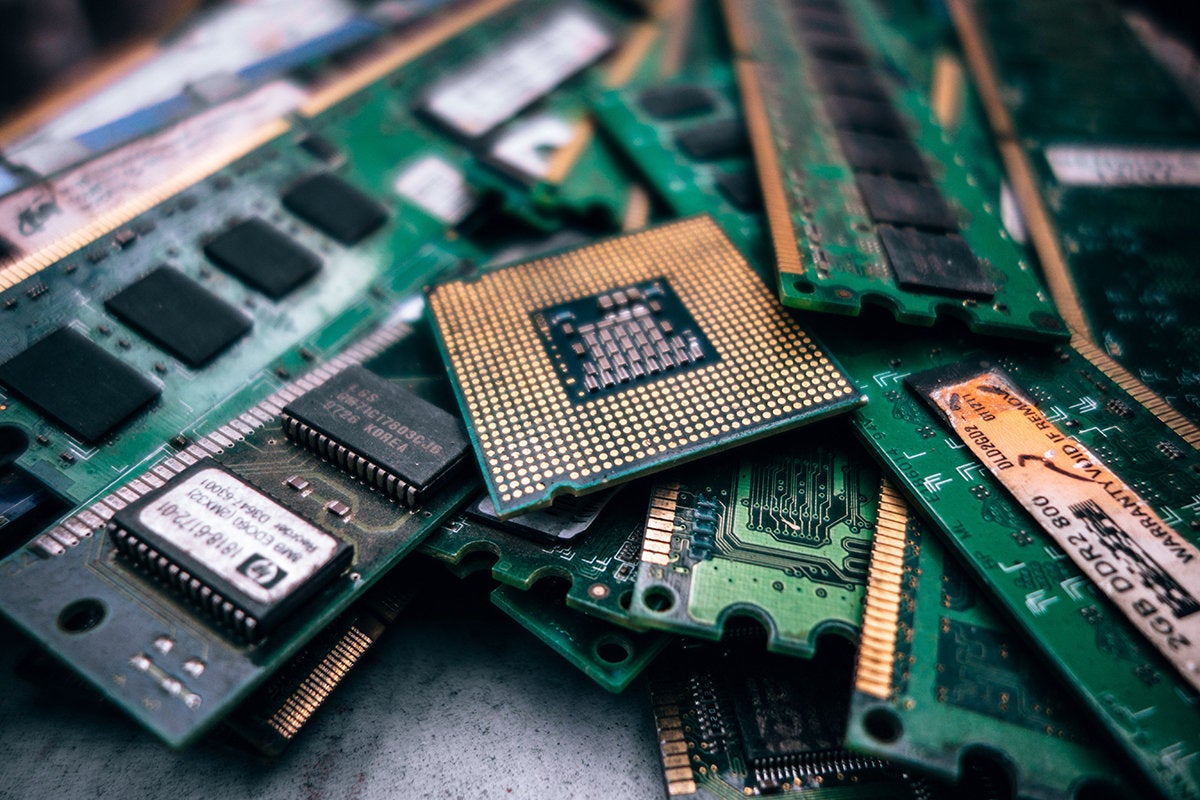- I tested a Pixel Tablet without any Google apps, and it's more private than even my iPad
- My search for the best MacBook docking station is over. This one can power it all
- This $500 Motorola proves you don't need to spend more on flagship phones
- Finally, budget wireless earbuds that I wouldn't mind putting my AirPods away for
- I replaced my Linux system with this $200 Windows mini PC - and it left me impressed
Startup says its chips handle HPC workloads better than GPUs

A semiconductor startup is targeting the high-performance computing (HPC), claiming that in some instances, GPUs aren’t the best fit for the task.
The chip is known for now as Thunderbird but will get a formal name when it launches in Q1 of 2023, according to Doug Norton, vice president of business development at InspireSemi. Thunderbird is mounted on a PCI Express card that plugs into a server, just as GPU accelerators from Nvidia and AMD do.
The Thunderbird chip contains 2,560 RISC-V cores, and there are two chips per card. GPUs also come with thousands of cores but CPUs have less than 100, except for the Ampere Altra Max, with 128 cores.
InspireSemi chose the open-source RISC-V microarchitecture because it could extend the instruction set with custom HPC-oriented instructions, which the company has done, and it’s royalty-free. RISC-V supports C, C++, Fortran, Python, PyTorch, and TensorFlow programming languages, among others.
Norton said the real advantage for Thunderbird over Nvidia GPUs is language compatibility. AI and HPC code for Nvidia GPUs has to be written in its custom CUDA language. While CUDA resembles C++, it’s still its own language and migrating an existing app to CUDA is not trivial. And he says many HPC apps in engineering, scientific applications, life sciences are not easily portable to GPUs because they are very CPU-architecture-centric.
CPUs and GPUs have different processing pipelines—the method by which they process data. An app written with a CPU architecture in mind would have to be rewritten, perhaps extensively, to take full advantage of the GPU architecture. That translates to months of work.
With InspireSemi compilers, existing CPU-based code in C++, for example, can be recompiled for Thunderbird without modification. “Literally, with this thing you can compile in an afternoon,” said Norton.
Thunderbird’s Fortran support has appeal for federal agencies, including the intelligence community, as well as Wall Street, Norton said. “I did not realize how much Fortran they still had and how difficult it is to hire people. And if you start trying to move Fortran code to CUDA, God help you,” he said.
Another advantage that InspireSemi claims to have is lower power draw. For example, the upcoming Nvidia Hopper GPU will draw up to 700 watts. Thunderbird cards, with two chips, will draw 350 watts. However, that doesn’t take into consideration performance per watt, which won’t be measurable until Thunderbird can be tested in silicon next year. Right now InspreSemi is taping out Thunderbird, meaning it is making physical silicon of the chips this quarter, and PCIe cards will arrive in early Q2 of next year.
Thunderbird will be manufactured by TSMC using a 12nm process node. TSMC is pretty backlogged at the lower process nodes (5nm and 7nm), but Norton said TSMC could give them all the supply they needed at 12nm.
Copyright © 2022 IDG Communications, Inc.

